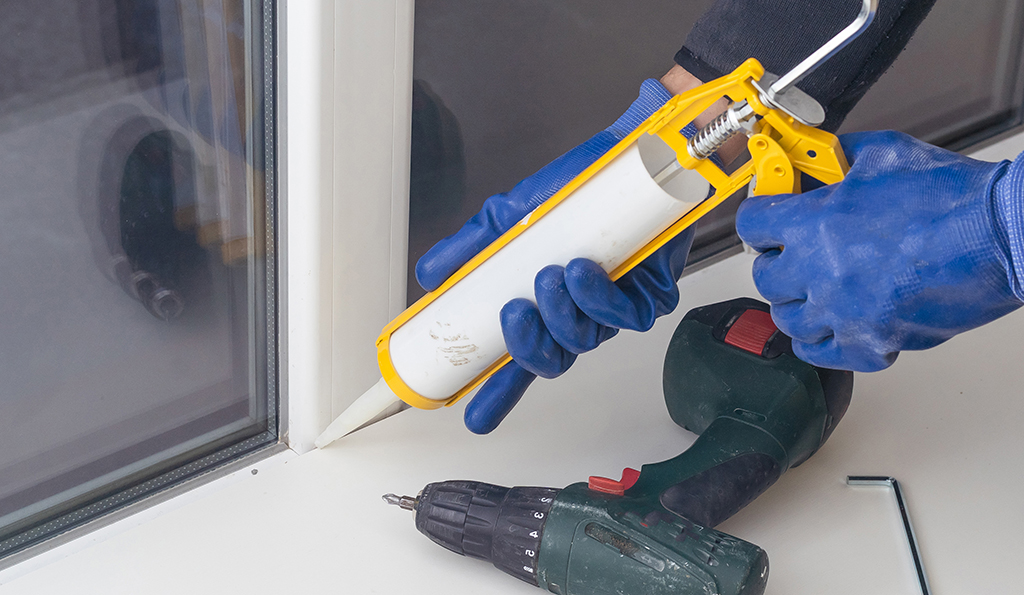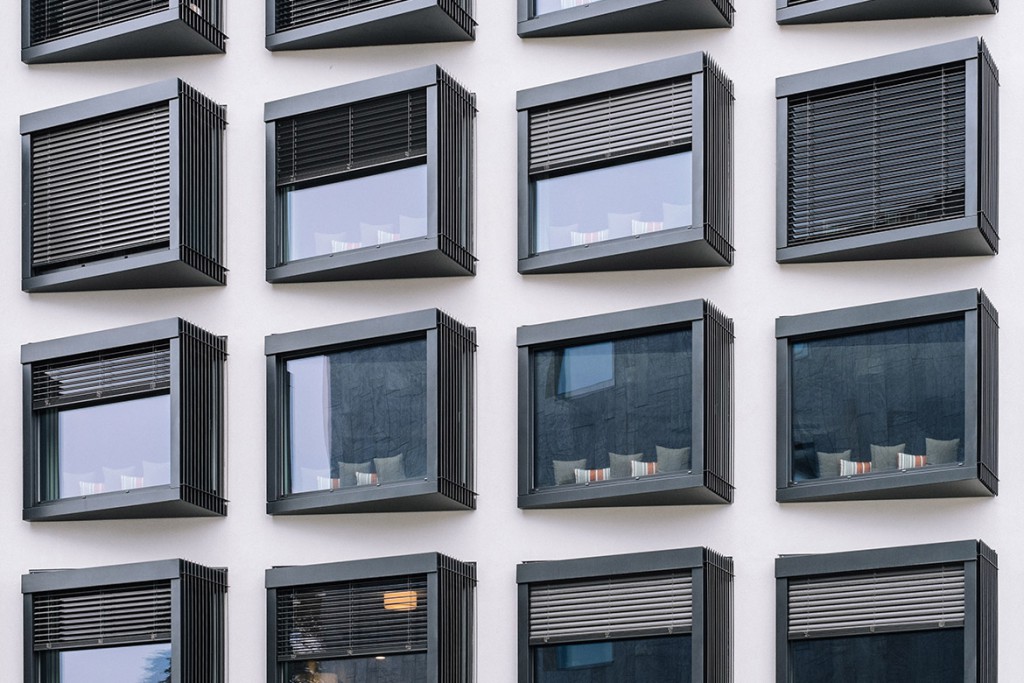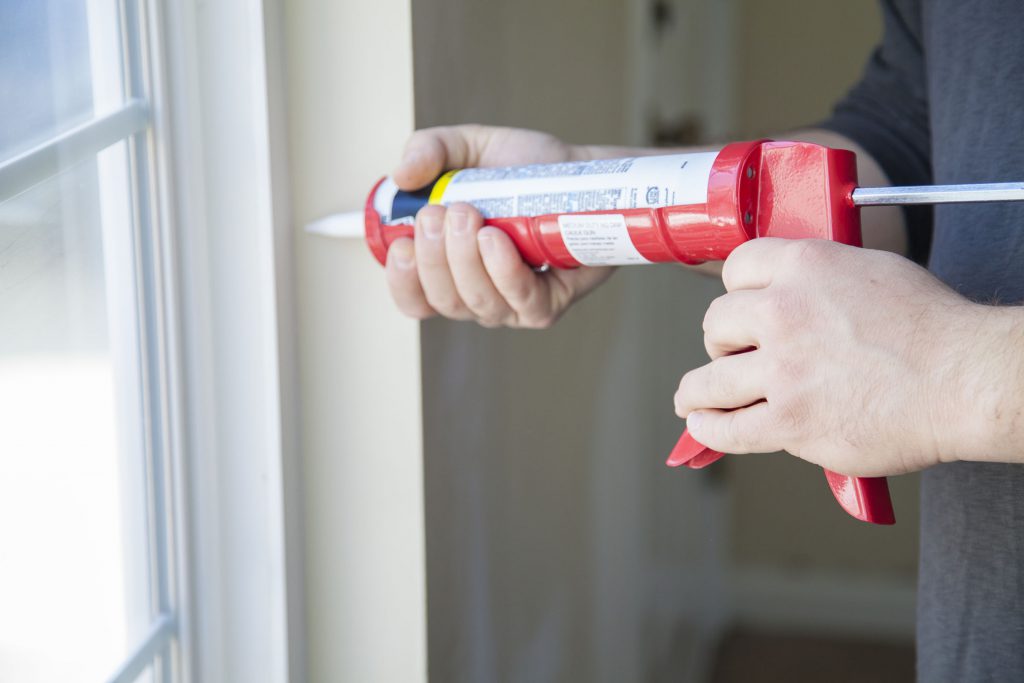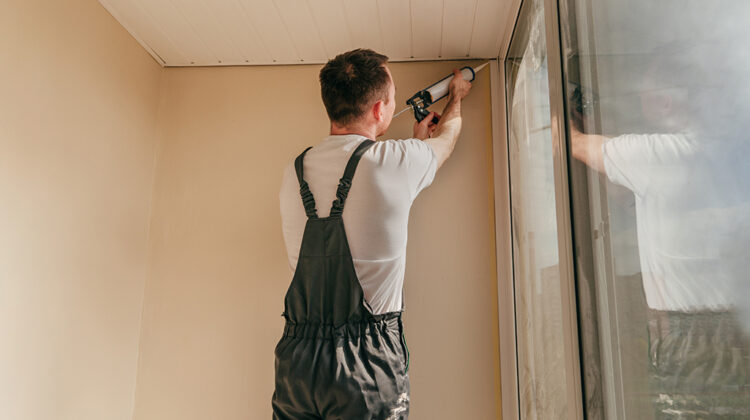Windows play a crucial role in maintaining the comfort and energy efficiency of your home. Properly sealed windows help keep out drafts, reduce energy consumption, and contribute to a comfortable living environment. One essential aspect of window maintenance is caulking. In this article, we will delve into six fundamental tips for effectively sealing the gaps and maintaining your home with window caulking.

1. Inspect Regularly:
Establish a Routine:
Set a routine for inspecting your windows, considering factors like the local climate and weather conditions. Semi-annual or annual checks are generally recommended, but adjusting the frequency based on specific needs is advisable. Consistency in your inspection routine is key to staying ahead of any deterioration.
Identify Signs of Wear or Gaps:
During these inspections, meticulously examine all aspects of your windows. Look for visible signs of wear, such as peeling paint, cracked caulking, or any gaps that may have developed over time. Identifying these issues early on allows for prompt intervention and prevents more significant problems from arising.
Use Natural Light:
Conduct your inspections during daylight hours to take advantage of natural light. This enables you to spot potential gaps or wear more easily. Natural light enhances visibility and ensures a more accurate assessment of the condition of your window caulking.
Leverage Professional Expertise:
Consider consulting with professionals like Bart Tuckpointing- masonry contractors Chicago for a thorough assessment. Professionals bring a trained eye to inspections, identifying issues that may go unnoticed during a routine check. Their expertise can provide valuable insights into the overall health of your windows and guide you in implementing effective maintenance strategies.
2. Choose the Right Caulk:
Material Matters:
Selecting the appropriate window caulk is a critical step in the window maintenance process. The type of window caulk you choose plays a pivotal role in determining the longevity and effectiveness of your window sealing. Here’s a closer look at why material matters when it comes to window caulking:
Assess Your Window Type:
Different window materials and designs require specific types of window caulk. Whether you have wooden, vinyl, metal, or composite windows, it’s crucial to choose a window caulk that adheres well to the specific surface. Each material may expand, contract, or respond differently to environmental conditions, and selecting a window caulk compatible with your window type ensures optimal performance.
Consider Weather Resistance:
Your geographical location and local climate influence the choice of window caulk. If you live in an area with extreme weather conditions, such as hot summers or cold winters, opt for a window caulk with superior weather resistance. This helps maintain flexibility in varying temperatures, preventing the window caulk from cracking or losing its seal over time.
Consult with Professionals:
If you’re uncertain about the best window caulk for your specific needs, seek advice from professionals like Bart Tuckpointing. Professionals in the field of Chicago tuckpointing and window maintenance can offer insights based on their experience and knowledge of local conditions, ensuring you make an informed decision.

3. Clean Before Window Caulking:
Prep the Surface:
Preparing the window surface before applying window caulk is a crucial step that significantly impacts the effectiveness and longevity of the seal. A clean and well-prepped surface ensures proper adhesion, preventing issues such as peeling and cracking. Here’s a detailed exploration of why prepping the surface is essential:
Ensure Cleanliness and Dryness:
Before applying window caulk, thoroughly clean the window surface to remove dust, dirt, grime, and any existing caulk residue. A clean surface promotes better adhesion, preventing the new window caulk from bonding to debris rather than the window material. Additionally, make sure the surface is completely dry.
Remove Old Window Caulk:
For optimal adhesion, it’s essential to eliminate any remnants of old caulk or paint. Use a putty knife or a caulk removal tool to carefully scrape away old caulking. This step ensures a smooth and even application of the new caulk, eliminating potential points of failure in the seal.
Masking for Precision:
Consider using masking tape to create clean lines along the edges of the window. This not only helps in achieving a professional-looking finish but also prevents caulk from spreading onto adjacent surfaces. Precision in application enhances both the aesthetic appeal and functionality of the window caulking.
4. Apply with Precision:
Smooth Application:
How caulk is applied plays a crucial role in the effectiveness of the seal. A smooth and precise application ensures that the caulk creates a strong barrier against drafts and moisture. Here’s an in-depth look at why applying window caulk with precision is essential for maintaining your windows:
Utilize a Caulking Gun:
For an even and controlled application, use a caulking gun. This tool allows you to apply a consistent bead of caulk along the window edges and frames. The controlled release provided by a caulking gun results in a neater finish, enhancing both the visual appeal and functionality of the window caulking.
Apply a Straight and Smooth Line:
Maintain a steady hand and apply the caulk in a straight line along the gaps or edges. A smooth and uniform line of caulk not only looks more professional but also ensures that the seal is continuous and free from weak points.
Fill Gaps Completely:
Ensure that the window caulk fills the entire gap or crack you are sealing. Incomplete coverage can lead to air and moisture infiltration, compromising the effectiveness of the seal. Pay special attention to any areas identified during the inspection process as vulnerable spots, such as window edges and frames.

5. Focus on Problem Areas:
Target Vulnerable Spots:
While a comprehensive approach to window caulking is essential, paying special attention to areas prone to drafts and wear is crucial for maintaining their integrity. By concentrating your efforts on these vulnerable spots, you enhance the overall effectiveness of the window caulking. Here’s a closer look at why focusing on problem areas is a key aspect of window maintenance:
Identify Draft-Prone Areas:
During your regular inspections, pinpoint areas where drafts are likely to occur. Common vulnerable spots include window edges, frames, and any junctions between different materials. Look for visible gaps, cracks, or signs of wear that may compromise the insulation provided by the windows.
Consider Exterior and Interior Vulnerabilities:
Both the exterior and interior of your windows can be susceptible to drafts. Address vulnerabilities on both sides to create a comprehensive barrier. Interior caulking is often overlooked, but sealing gaps in window frames and sashes on the inside contributes significantly to overall energy efficiency.
Reinforce Window Edges:
Pay particular attention to the edges of your windows, as this is where gaps are most likely to occur. The junction between the window frame and the wall is a critical area that, if not properly sealed, can allow drafts to enter. Use window caulk to reinforce these edges and create a tight seal.
Consult with Professionals for Complex Issues:
For complex issues or situations where you’re uncertain about the best approach, consider consulting with professionals like Bart Tuckpointing – masonry restoration. Experienced professionals can provide insights into specific vulnerabilities related to your windows and offer targeted solutions to address them effectively.
6. Don’t Forget the Interior:
Interior Caulking:
While exterior caulking is crucial for protecting your home from the elements, the interior is equally important. Interior window caulking helps enhance energy efficiency and maintain a comfortable living environment. Here’s a comprehensive look at the significance of interior caulking:
Addressing Drafts and Energy Efficiency:
Windows on the interior of your home are also susceptible to drafts, and caulking them can significantly improve energy efficiency. Check for gaps around the window frames, sashes, and any joints between different materials. Applying window caulk to these interior areas helps create a continuous barrier against air infiltration.
Sealing Gaps in Window Frames:
Window frames on the interior side may develop gaps or cracks over time. Inspect these areas during your regular checks and apply window caulk to seal any visible openings. Properly sealed window frames contribute to maintaining a consistent temperature inside your home and reduce the workload on your heating or cooling systems.
Consider Aesthetic Benefits:
Interior caulking can also have aesthetic benefits. A neatly caulked interior provides a finished and polished look to your windows. It helps create clean lines and can be particularly impactful if you have decorative window trim or molding. Well-maintained windows contribute to the overall visual appeal of your home.
Caulking Around Window Openings:
Pay attention to the areas around the window openings, including the junction between the window frame and the wall. Caulk any gaps or cracks in these areas to ensure a tight seal. This is especially important for preventing drafts and maintaining energy efficiency in rooms with large or frequently opened windows.

Caulk and Comfort: Creating a Cozier Home with Proper Sealing:
With these six fundamental tips, maintaining your home with window caulking becomes a manageable task. Regular checks, proper materials, and precise application ensure your windows stay sealed, contributing to energy efficiency and a comfortable living environment.


